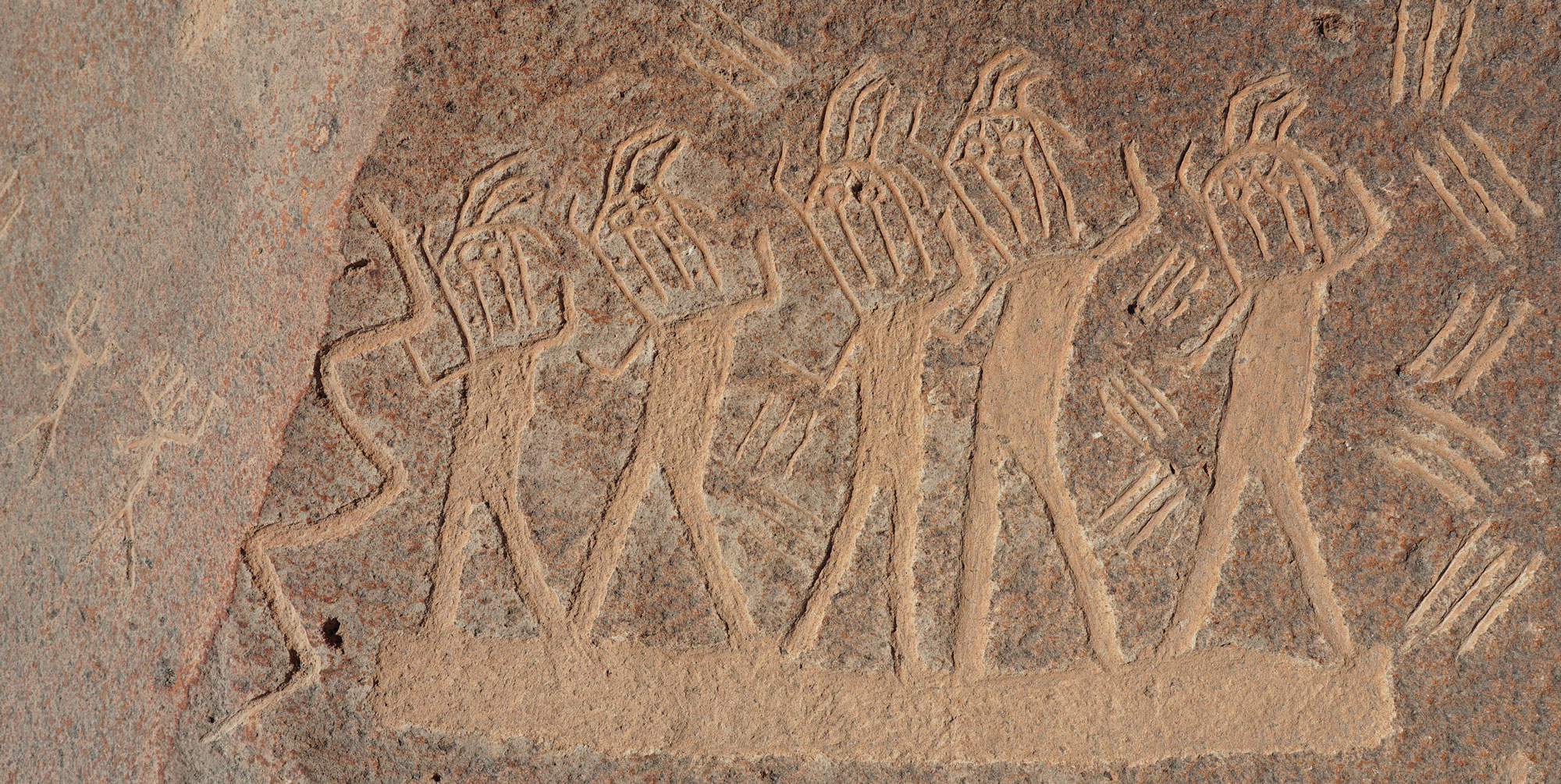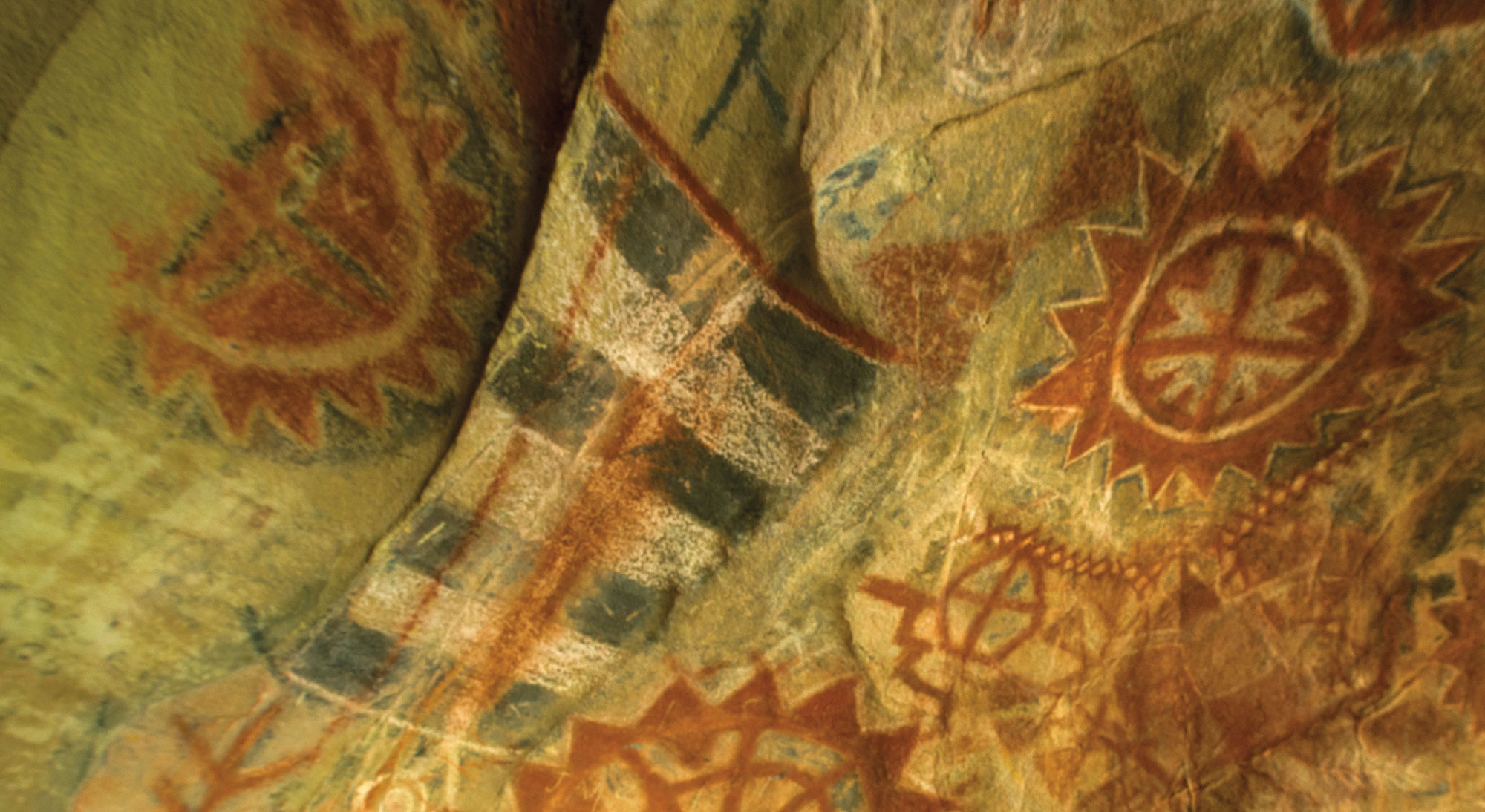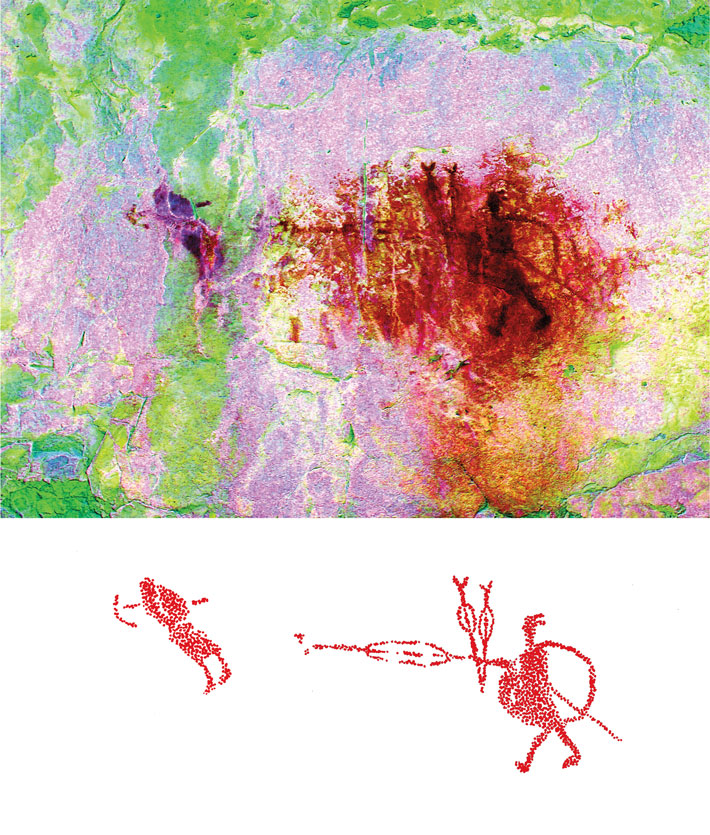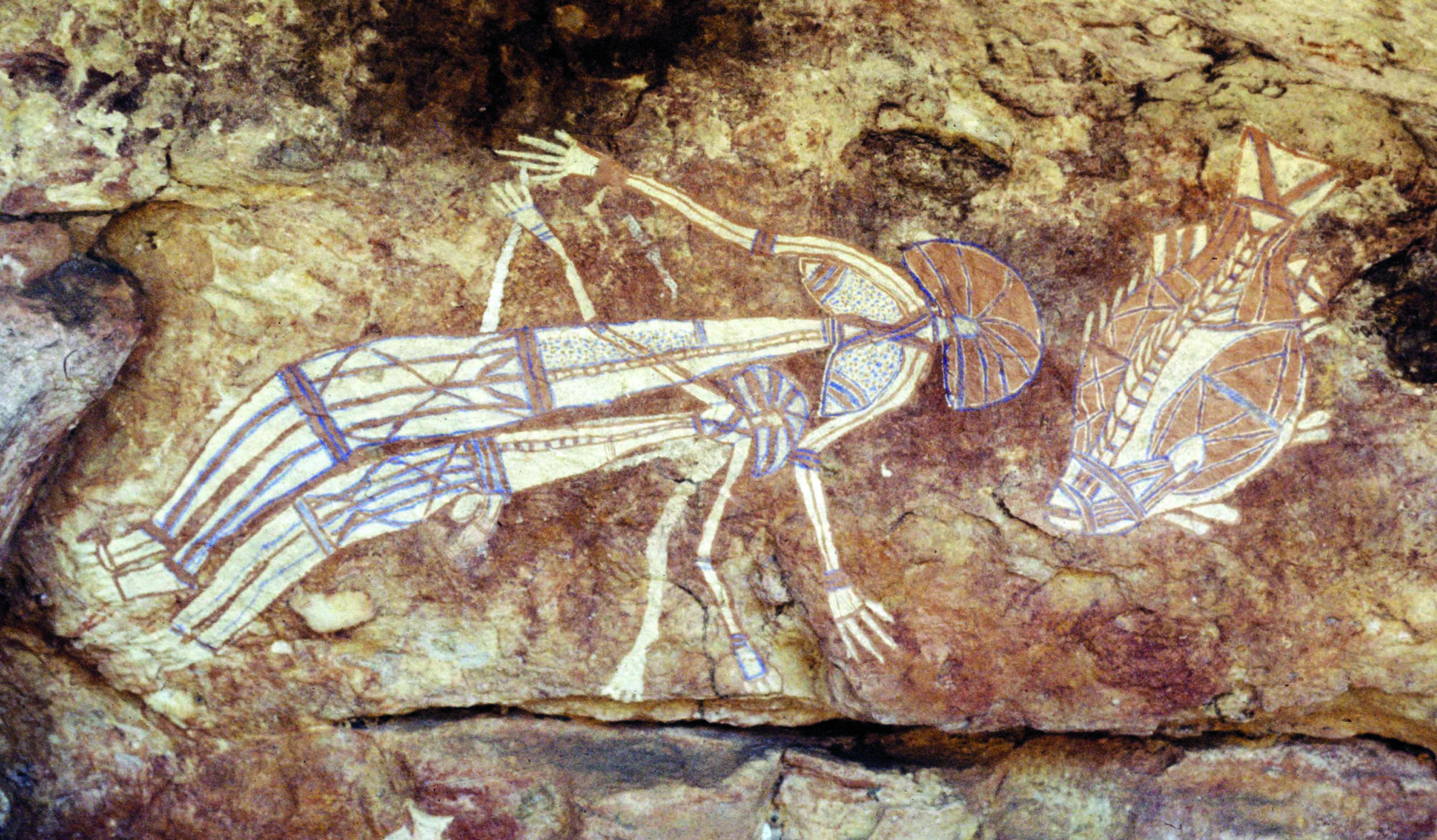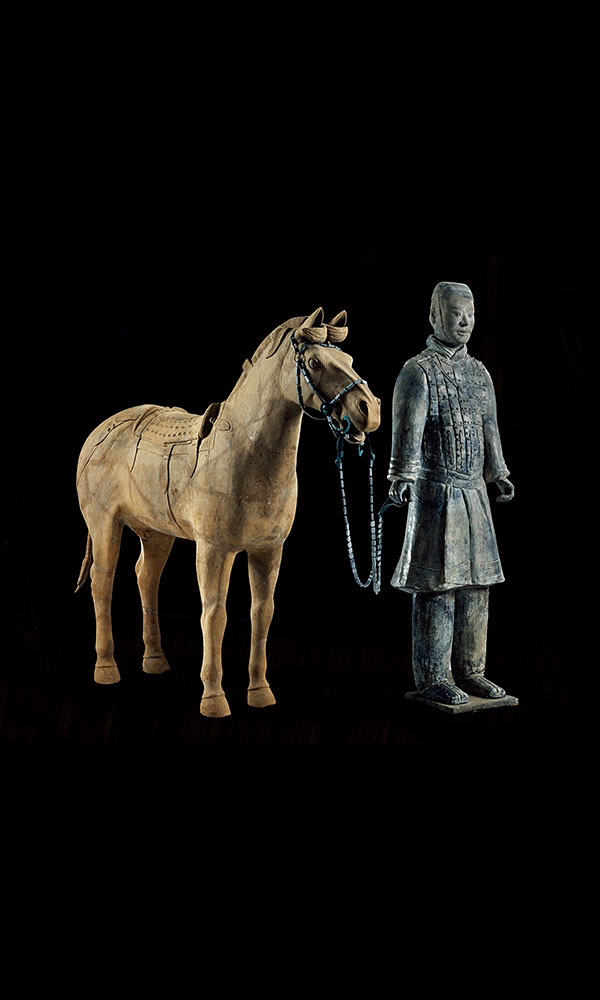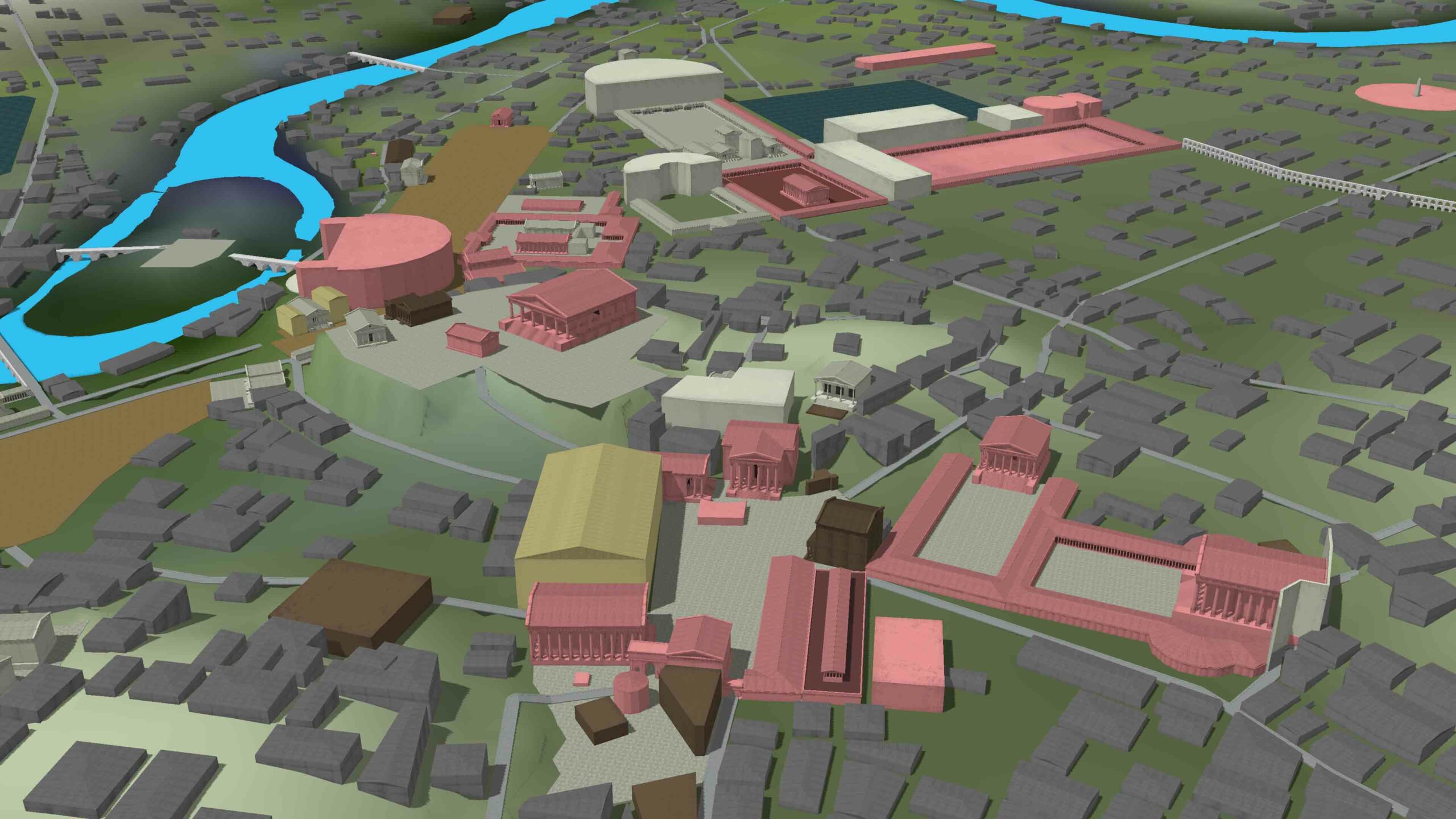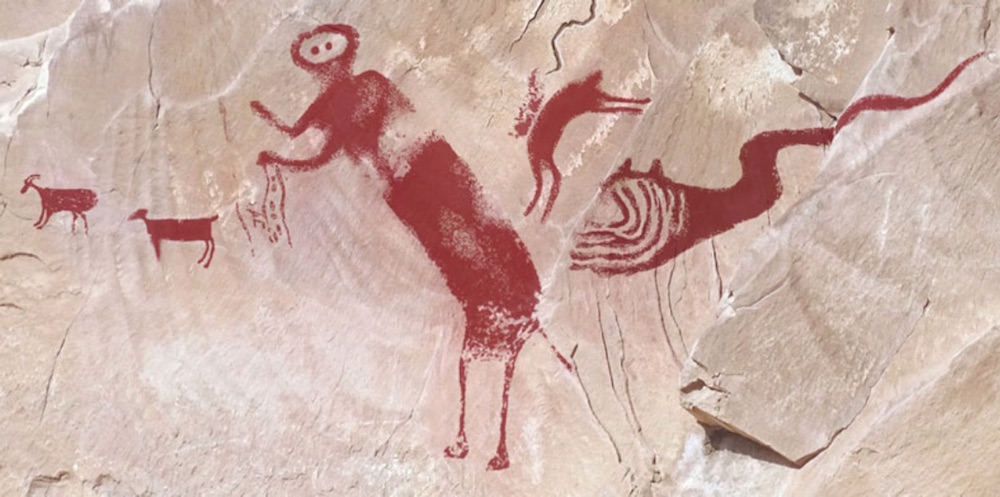
BLACK DRAGON CANYON, UTAH—Petroglyphs discovered in 1928 in Utah’s Black Dragon Canyon have been examined using the latest technology, including X-ray fluorescence and a computer program called DStretch that highlights the original pigments in a painting, even when they are invisible to the naked eye. Archaeologist Paul Bahn, who co-directed the project, tells LiveScience that these new techniques have allowed him and his colleague Jean-Loïc Le Quellec to put forth a new interpretation of the paintings, created by the Fremont culture, that sees them as not just one image of a kind of flying monster (or a pterodactyl), but as a set of five images including one of a human figure with spindly legs and outstretched arms. The DStretch results showed "very clearly that these are a set of separate figures," Bahn says. To read more about some of the Fremont culture’s unique artistic style, go to “Investigating a Decades-Old Disappearance.”


